Adapting Chinese electrical equipment to international voltage standards is becoming increasingly critical as the world becomes more connected. This guide will focus on making your Chinese equipment compatible with US power to ensure that you can use your equipment efficiently and safely.
1. Power supply systems in different countries
A key consideration when using electrical equipment from other countries is the different voltage and frequency standards. As an example, China uses 220V single-phase and 380V three-phase systems, while the US uses 120V/240V single-phase and 208V/480V three-phase systems. Understanding these differences is critical to preventing device damage and ensuring compatibility.
2. Understand China’s electrical equipment regulations
Electrical equipment in China is generally divided into two categories: 220V single-phase and 380V three-phase equipment. To adapt these devices for use in the United States, it is important to know their specifications, including voltage, frequency, and plug type.
3. Retrofitting Chinese equipment for use in the United States
Using Chinese electrical equipment in the United States requires several steps to ensure compatibility. This process involves determining the voltage and frequency requirements of the device, determining whether voltage conversion is required, and selecting the appropriate solution to meet those needs.
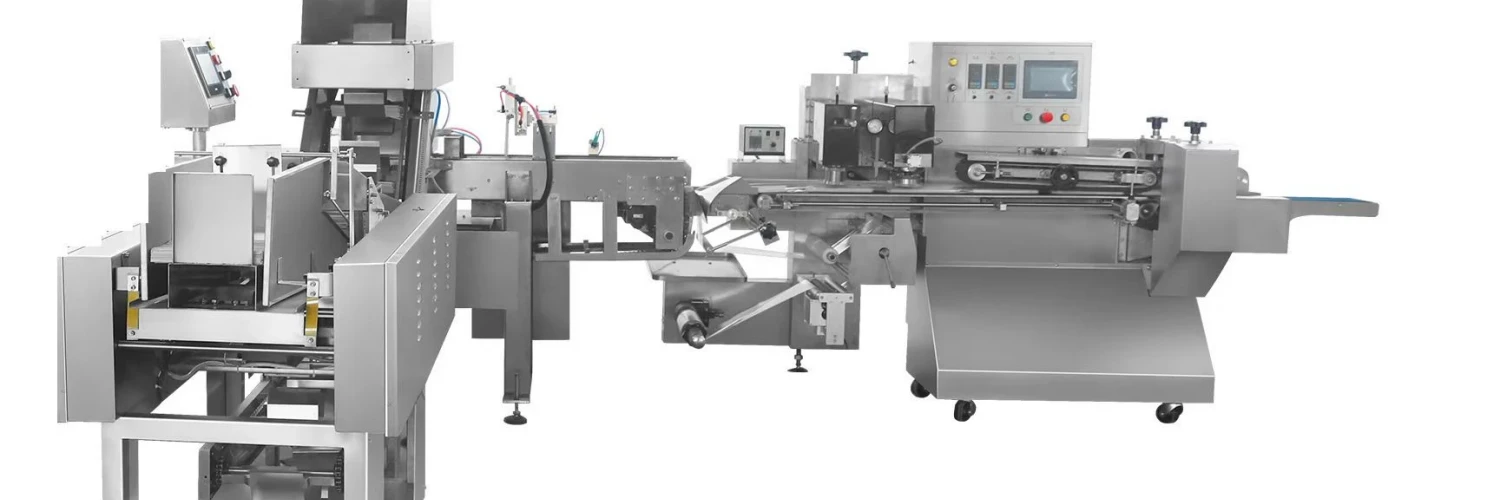
4. Step-by-step adaptation guide
- Determine the Voltage, Frequency, and Plug Type of Your Appliance: First, determine the voltage, frequency, and plug type of your Chinese appliance. A label or owner’s manual usually contains this information.
- Determining Compatibility with US Voltage: Next, evaluate whether your appliance will work directly with US voltage, or if a conversion is required. Remember that the US runs on 120V/240V single-phase and 208V/480V three-phase systems.
- Choosing the Right Voltage Converter, Transformer, or Adapter: If your equipment requires voltage conversion, choose the right voltage converter, transformer, or adapter for your needs. For 220V single-phase equipment, a step-up transformer or voltage converter may be required. For 380V three-phase installations, a three-phase converter may be required.
- Install and test your equipment: After selecting the appropriate solution, install and test your equipment to ensure proper operation. Always follow safety guidelines and consult an electrician if necessary.
- Ensure safety and compliance: Finally, make sure your equipment complies with local regulations, including safety standards and certifications.
5. Possible challenges and solutions
When using Chinese electrical equipment in the United States, you may encounter several challenges including warranty considerations, equipment performance, and compatibility issues. To overcome these obstacles, research your equipment thoroughly and consult an expert as needed.
6. Can Chinese 220V packaging equipment use American 240V power supply?
Yes, a lot of Chinese 220V equipment will work on US 240V mains, but it depends on the specific equipment and its tolerance for voltage fluctuations. Most modern electrical equipment is designed to handle a range of input voltages, usually noted on the equipment label or owner’s manual. If the device is rated for voltages ranging from 220V to 240V, it should work fine.
However, if the unit is strictly 220V rated, using it directly on a 240V supply may cause damage or shorten its lifespan. In this case, it is best to use a voltage converter or transformer to adjust the voltage to a safe level for the equipment.
Be sure to verify the voltage rating and compatibility of any Chinese 220V equipment before using it in the US. If you are unsure, consult the equipment manufacturer or a qualified electrician for advice.
7. How to get a 240V single-phase power supply in the United States
Obtaining 240V single-phase power is relatively simple in the United States, as most residential and commercial properties already provide this voltage level for high-powered appliances or equipment. Here is a step-by-step guide to getting 240V single-phase power in the US:
- Check your switchboard: Check your switchboard to see if it already has a 240V breaker installed. Most American homes have split-phase power, providing 120V and 240V on separate circuits. If the 240V circuit does not exist, you may need to install a new one.
- Consult a Licensed Electrician: For safety reasons and to ensure compliance with local electrical codes, a licensed electrician must be consulted when using 240V power. An electrician can evaluate your electrical system and recommend the proper steps for obtaining 240V single-phase power.
- Install a 240V Breaker: If your switchboard does not already have a 240V breaker, your electrician will need to install one. This involves connecting a new double pole breaker to the panel that provides 240V using the two live wires from the split phase supply.
- Proper Wiring: After installing the circuit breaker, the electrician will perform the proper wiring from the panel to the desired location of the 240V receptacle or appliance. This wiring usually consists of three or four wires: two live wires, a neutral wire (optional), and a ground wire.
- Installing 240V Outlets or Hardwiring Equipment: Depending on your specific requirements, an electrician will install a 240V outlet or hardwire the equipment directly to the new 240V circuit. Make sure the outlet or appliance connection uses the correct type of plug or outlet for your appliance, such as NEMA 6-15, NEMA 6-20, or NEMA 14-50.
- Test Circuits and Outlets: Once installed, an electrician will test the new 240V circuits and outlets to make sure they are functioning properly and safely.
To ensure safety and compliance with local electrical codes, always consult a licensed electrician when using 240V power.
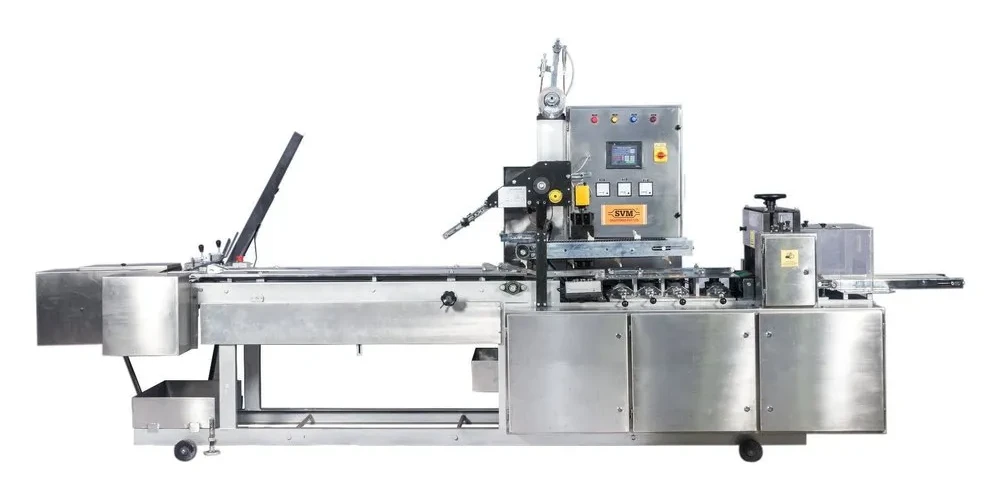
8. Frequently Asked Questions
Here are some faqs to help adapt Chinese Packaging equipment to international voltage standards:
1) Is it possible to use Chinese electrical equipment in the US without any modifications?
It depends on the voltage and frequency compatibility of the device. Certain devices may require a voltage converter, transformer, or adapter to operate properly in the United States.
2) Can I use a voltage converter or transformer for Chinese equipment?
Yes, as long as you select the proper converter or transformer for your equipment and follow safety guidelines during installation and operation.
3) Can I use Chinese three-phase equipment in the US?
To convert 380V Chinese equipment to the 208V/480V US three-phase system, you may need a three-phase converter.
4) What should be considered when selecting a voltage converter or transformer?
Consider power rating, input, and output voltages, and any additional features or certifications required for your particular device and local regulations.
5) Do I need a professional electrician to adjust my Chinese equipment for use in the US?
While some appliances can be adjusted following the owner’s manual or manufacturer’s instructions, it’s best to consult a professional electrician to ensure safety, proper installation, and compliance with local codes.
9. Conclusion
Chinese electrical equipment must be adapted to international voltage standards with careful planning and attention to detail. By following this step-by-step guide, you can ensure the safe and efficient use of your Chinese equipment in the US while complying with local regulations.

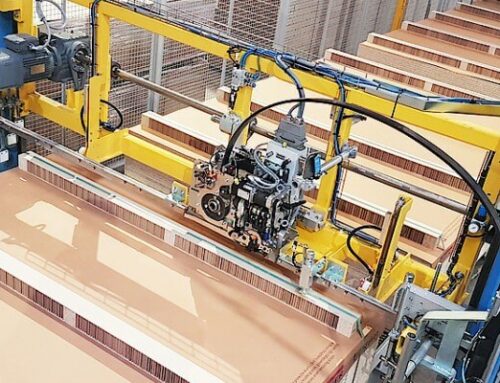
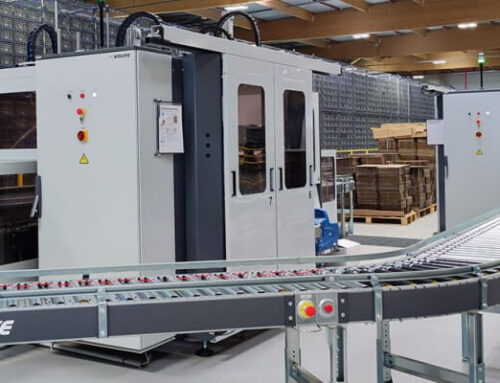
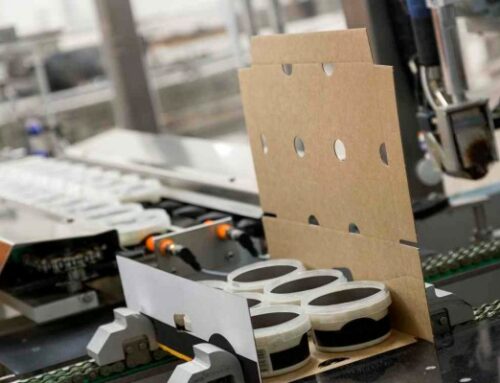
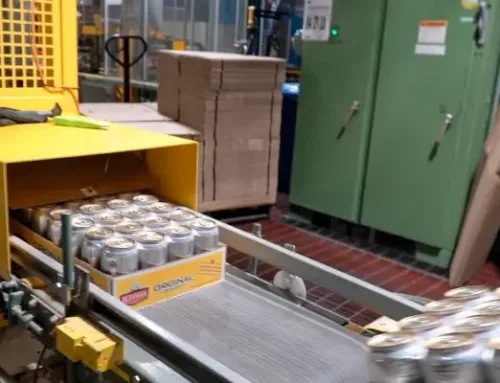
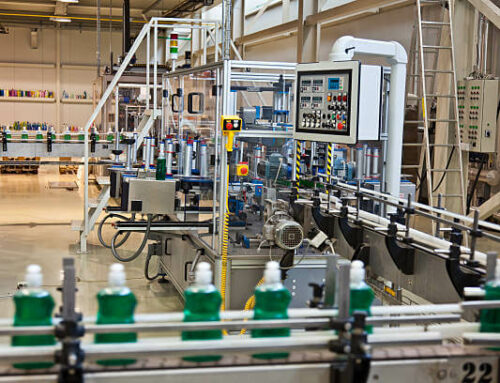
Leave A Comment